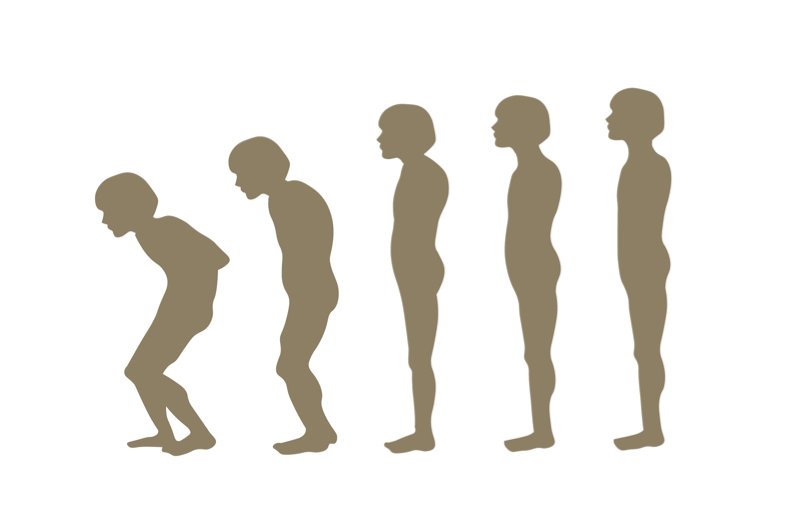AUTISM BACKGROUND
Recent evidence suggests that children with ASD exhibit structural and functional postural differences compared to neurotypical children. Current research identifies postural instability, gait anomalies, vestibular dysfunction, proprioceptive difficulties, oculomotor problems and sensory integration disorders. Numerous studies also support the conclusion that motor deficits are linked to the core symptoms of ASD (Beals, 2022).
OBJECTIVE & HYPOTHESIS
The main objective of this study is to evaluate the effectiveness of the NVLife method in improving postural imbalances and its impact on reducing the core symptoms observed in autism spectrum disorder. The main hypothesis is that postural imbalances are one of the major causes of autism symptomatology. The study thus aims to assess whether improvement in postural imbalances leads to a significant reduction in the core symptoms of autism.


